Recovered by Syrian troops, they had been badly disfigured with what appeared to be hammer blows and are perhaps the only such artefacts to leave the desert site without being stolen.
Modern technology aided their saving, which is also being seen as a tribute to Khaled al-Assad, the former head of antiquities at Palmyra, murdered by Isis fighters in 2015, at the age of 82.
“This is an example of an issue we hold dear: that of cultural diplomacy, the fact that culture can be an instrument for dialogue between people, even when circumstances are difficult,” Italian culture minister Dario Franceschini said on Thursday.
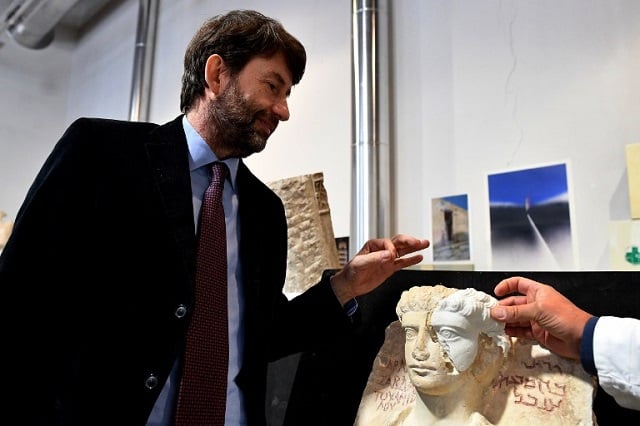
Culture Minister Dario Franceschini looks at one of the busts. Photo: Alberto Pizzoli/AFP
Isis jihadists seized Palmyra in May 2015 and began to systematically destroy the city's monuments and temples, while also looting its many archeological treasures.
They were driven out in March 2016 but recaptured the town last December. Although the precise date of its founding is unknown, Palmyra's name is referred to on a tablet dating from the 19th century BC as a stopping point for caravans between the Mediterranean and the east.
Known to Syrians as the “Pearl of the Desert”, Palmyra boasted temples, colonnaded alleys and elaborately decorated tombs that were among the best preserved classical monuments in the Middle East, before their wanton destruction.
Hundreds of important heritage sites have been sacked or destroyed during the five-year conflict, including the first-century temples of Bel and Baalshamin in Palmyra.
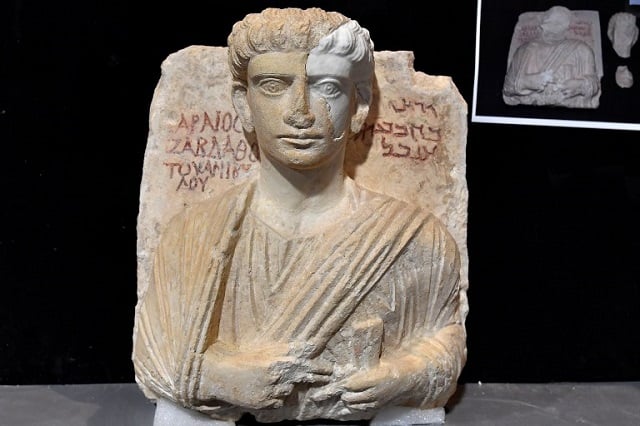
One of the restored busts. Photo: Alberto Pizzoli/AFP
The two funeral busts, which are to be returned to Syrian authorities by the end of the month, were recovered by regime soldiers when they initially retook Palmyra.
They had been badly disfigured by hammers, said former Rome mayor Francesco Rutelli, who promoted the restoration through his “Incontro di Civilta” (Meeting of Civilizations) association.
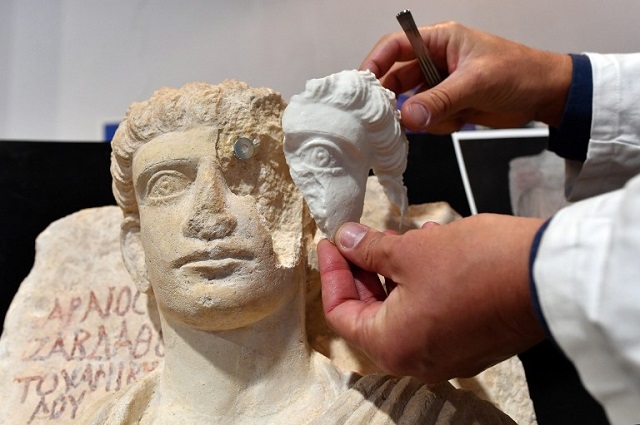
The restoration work is completely reversible. Photo: Alberto Pizzoli/AFP
The busts “are probably the only works of art taken from the Syrian conflict zone that weren't stolen”, Franceschini told reporters during a showing at Italy's Superior Institute for Conservation and Restoration.
'Ideological battle'
The busts, of a man and a woman, date to the second and third centuries and were brought to Lebanon before being transferred to Rome, Rutelli said.
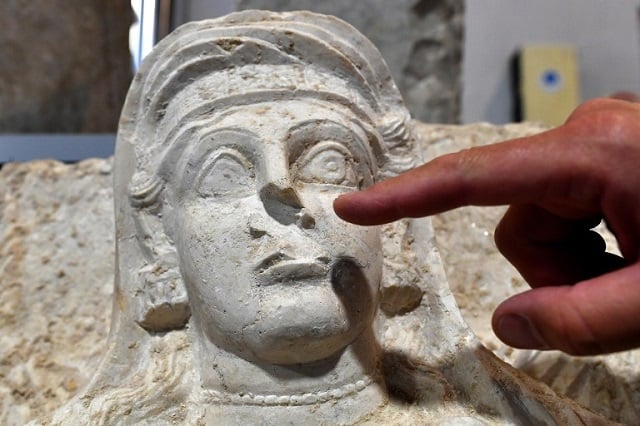
A closer look at the damage. Photo: Alberto Pizzoli/AFP
He also rejected critics who have denounced the idea of working with the regime of Syrian President Bashar al-Assad while the war in the country rages.
“This gesture has no element of political support on our part. Italy has done it, and will do it, for any country that asks,” Rutelli said, noting that the restoration was also a tribute to the late head of antiquities Assad.
Before his death, the octogenarian “managed to hide hundreds of works of art, but not these two busts, which fell into Isis hands”, Rutelli said.
A team of five specialists worked on the restorations for a month, focusing in particular on the faces.
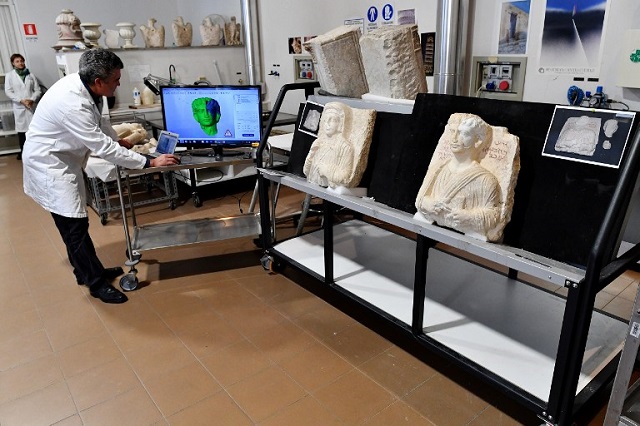
Some of the equipment used in the restoration project. Photo: Alberto Pizzoli/AFP
On one, the upper part of the face had been destroyed, but the team managed to recreate the missing portion using a synthetic nylon powder and a 3-D printer, a technique that had never been used for such a restoration.
The new piece was attached to the bust with powerful magnets, “which makes it completely removable, in line with the principle that all restoration work must be completely reversible”, said Antonio Iaccarino, one of the restorers.
“What Isis has destroyed, we have rebuilt,” he said. “Through culture, we also wage an ideological battle.”
By Franck Iovene
READ MORE: Recreated treasures from Syria and Iraq go on show in Rome
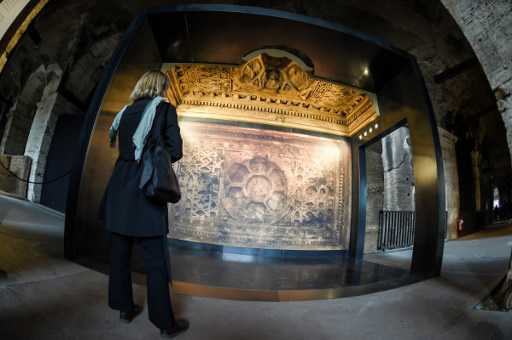

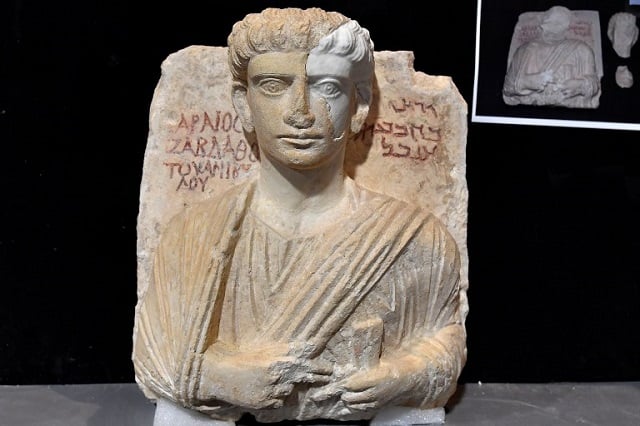



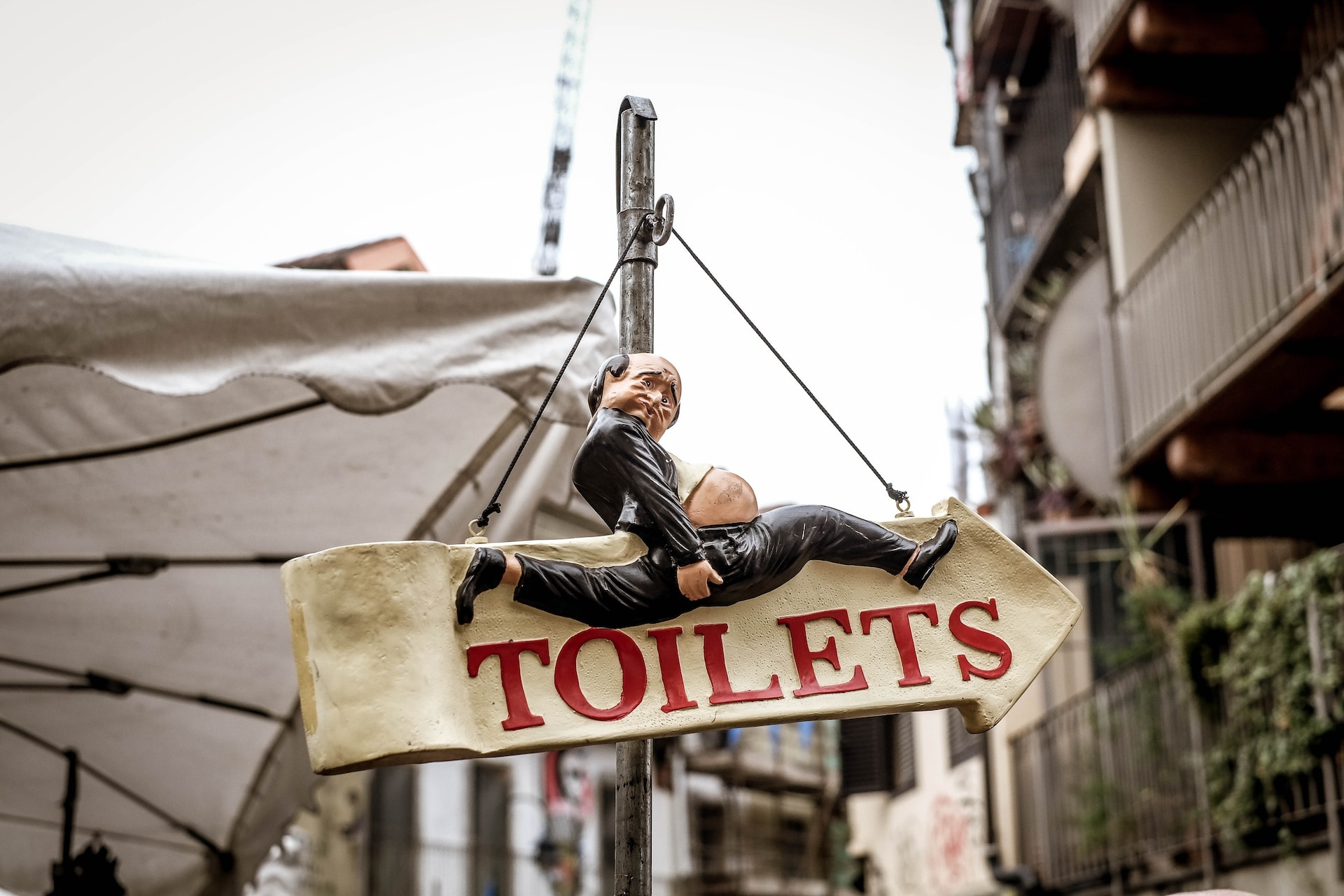
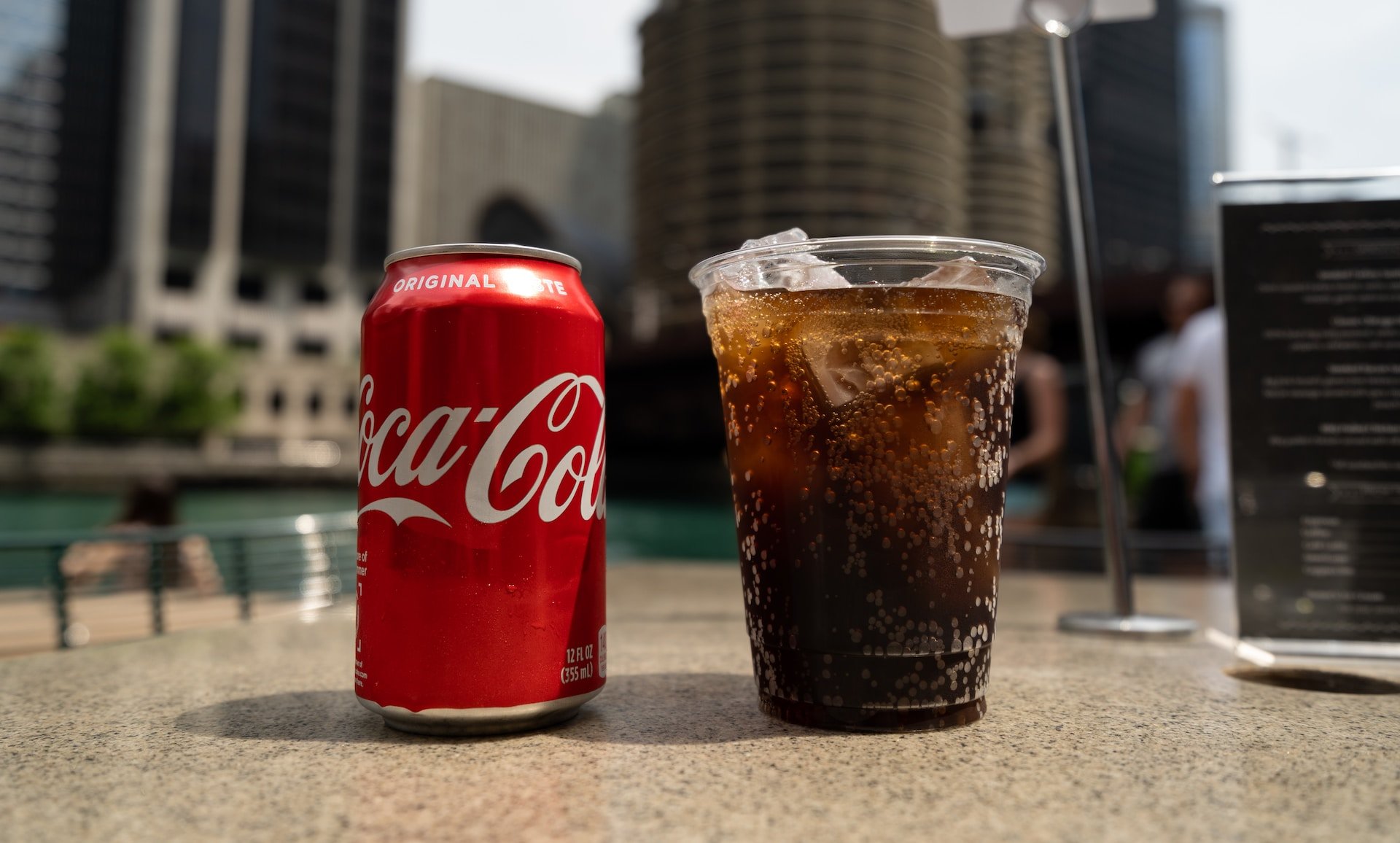
 Please whitelist us to continue reading.
Please whitelist us to continue reading.